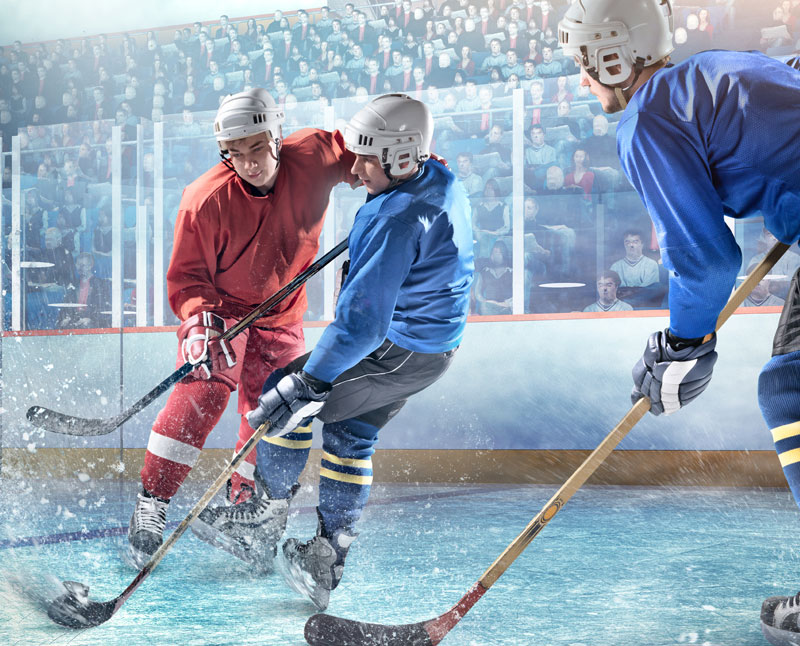
iStockphoto.com #488245466
By Laura Fonda Hochnadel
A team of researchers undertook a study to examine changes in performance and muscle size in young ice hockey players who underwent a program of multiple-joint isokinetic (ISO) resistance training (RT) and eccentric overload (ECC) compared to a control group that underwent a traditional (eg, isotonic) RT program. According to the literature, ISO training and ECC, when performed individually, result in muscle hypertrophy; however, there is a lack of data on the combined effect of the two. The new study appears in the Journal of Science and Medicine in Sport.
The study cohort comprised 22 Swedish and Norwegian junior league–level ice hockey players who were similar in terms of weight/height, performance, body composition, and muscle thickness. While all participants had participated in RT, none had previously engaged in ISO training or ECC. Participants were randomly assigned to either the ISO/ECC group or the traditional (TRAD) group. ISO RT was implemented using a custom-made Smith machine to which a computerized robotic engine was attached; the TRAD group used a Smith machine sans robotic engine. Supervised, progressive RT was undertaken 2 to 3 times per week for 8 weeks.
The RT programs were designed to increase strength and power. They included single-leg and double-leg heavy squats and explosive jump squats. Participants were evaluated pre- and post-training in the back squat performed at one rep-maximum (1RM), 30m sprint performance, counter movement jump (CMJ) and drop jump (DJ) performance, body composition, and quadriceps muscle thickness.
The results indicate that increases in maximum strength and power output were similar for both groups. The ISO/ECC group experienced greater gains in quadriceps muscle size compared to the TRAD group. In fact, the researchers noted the muscle hypertrophy was to a similar degree as study interventions that were actually focused on increasing muscle size, rather than being designed for strength and power as in this study. The increase in muscle size was an unanticipated finding, the researchers noted, as the cohort already had 2 years of weight training experience. The ISO/ECC group also experienced greater improvements in DJ performance compared to the TRAD group. Trivial changes were seen in body composition across both groups; no improvements were realized by either group in the 30m sprint and CMJ performance; and both groups realized similar changes in the 1RM back squat.
Given these results, the authors state that an ISO/ECC RT program “represents a more optimal short-term strategy to induce muscle adaptations in resistance-trained athletes.” This study adds to the body of research that examines the combined effects of undertaking an ISO/ECC RT program.
Source: Horwath O, Paulsen G, Esping T, Seynnes O, Olsson CM. Isokinetic resistance training combined with eccentric overload improves athletic performance and induces muscle hypertrophy in young hockey platers. J Sci Med Sport. 2019; 22(7):821-826.








